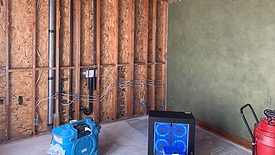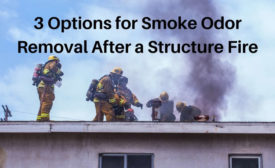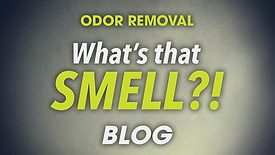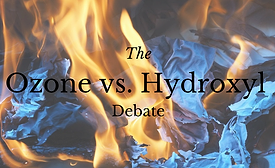Home » Keywords: » ozone generator
Items Tagged with 'ozone generator'
ARTICLES
The powerful portable ozone generator now delivers a staggering 22 grams per hour for faster, more efficient restoration
Read More
Stay ahead of the curve with our eNewsletters.
Get the latest industry updates tailored your way.
JOIN TODAY!Copyright ©2025. All Rights Reserved BNP Media.
Design, CMS, Hosting & Web Development :: ePublishing













